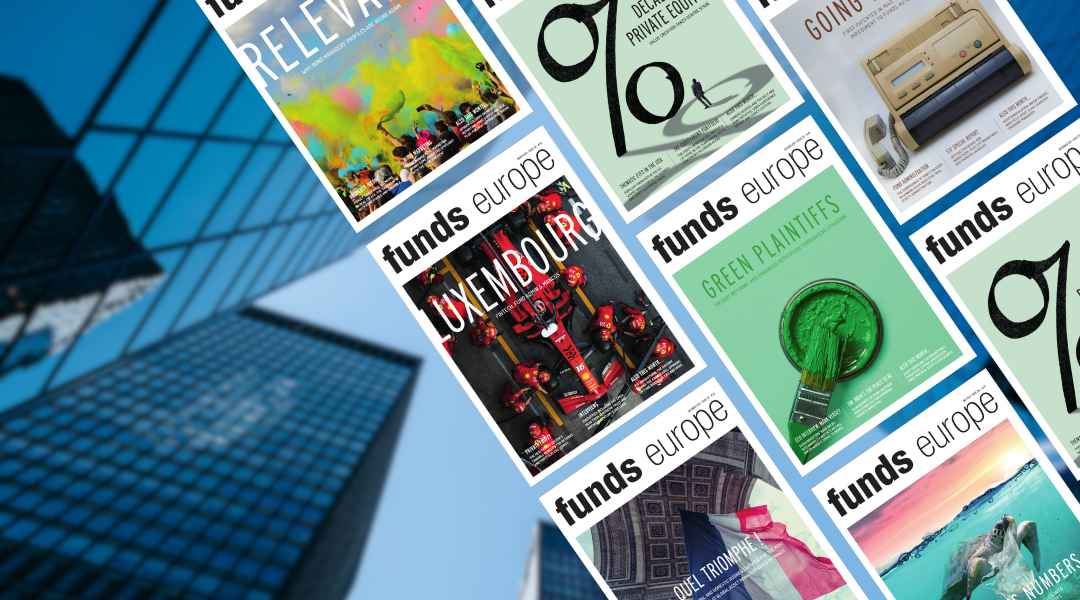 Empirical evidence suggests that it is rather difficult, if not virtually impossible, to consistently add value by effectively timing market entry and exits. Wing Chan of Morningstar discusses the implications for investors.
Empirical evidence suggests that it is rather difficult, if not virtually impossible, to consistently add value by effectively timing market entry and exits. Wing Chan of Morningstar discusses the implications for investors.
If there is one thing in common between this year’s laureates of the Nobel Prize for Economics – Eugene Fama, Lars Peter Hansen and Robert Shiller – it is that asset prices are virtually impossible to predict over very short time periods.
At Morningstar, we calculate dollar-weighted returns. Unlike the traditional measure of total return, investor return accounts for all cash inflows and outflows associated with investors’ purchases and sales.
Therefore, the difference between total return and investor return should provide a reliable indication of how investors managed to time their buys and sells.
Rather than trying to identify the right moment to get in and out of markets, the lack of success in short-term market timing means that investors are better served by staying invested and focusing on the long-term.
EUPHORIA
Most importantly, the ability to ride out market volatility is a key advantage for long-term investors as the impact of short-term shifts in risk premium and investor sentiment mean little for them.
Therefore, investment returns would be largely driven by fundamental factors, which are relatively stable and easier to forecast over long periods of time.
For an equity investor, these include factors such as earnings growth and dividend yield, whereas a bond investor may look at coupon and default rates as key determinants of returns over the long-run.
Although it is not unreasonable to expect risk premium and investor sentiment to mean revert over time, the magnitude of euphoria varies and a full investment cycle may run for many years.
The Nikkei 225 Index reached an all-time high of just under 39,000 in December 1989, before losing over 80% of its value in the next 20 years.
Meanwhile, the Standard & Poor’s 500 Index traded over 1,500 in March 2000, only to lose over 50% of its value nine years later in March 2009, as the global financial crisis led to a serious recession in the US.
As much as it is important to stay the course and avoid missing out on the best days, should investors consider momentarily defer entering a market that is experiencing excessive optimism and
lofty valuation?
If there is one thing we can pick up from the financial market history of the last 100 years, market euphoria is typically associated with high valuations, as investors tend to price in a perfect scenario that rarely eventuates.
Whilst investor sentiment may be difficult to quantify, valuation multiples or risk premiums are rather easy to obtain, which can then be used to reference against the long-term historical context.
Whether it be the US tech boom in 2000 or the Japanese asset bubble in 1989, valuation multiples were trading well beyond long-run historical averages. More recently, a similar scenario occurred in bond markets at the height of the European sovereign debt crisis, when the ten-year treasuries traded at a yield of merely 1.4%.
Subsequently, as the fear of a Eurozone breakdown was replaced by a potential tapering of the Federal Reserve’s asset purchase programme, the ten-year treasury yield rallied to as high as 3% only a couple of months ago, causing losses for investors as bond prices fell.
REALITY CHECK
Although risk premiums and valuation multiples tend to provide a useful reality check, it does not mean that they can be relied upon as a market timing tool.
Outside market extremes, the case for a long-term investment strategy remains strong.
Other than the ability to ride out market volatility, long-term investors also enjoy the benefits of compounding returns, lower transaction costs and quite simply, less time spent on trying to identify short-term trading opportunities.
And by incorporating a valuation conscious approach to long-term investing, investors can also reduce the chance of suffering a prolonged period of disappointing returns.
Wing Chan is director of fund research for Morningstar Asia, overseeing Morningstar’s qualitative fund research activities in Hong Kong, Singapore, Malaysia and Taiwan
©2013 funds global asia

 At times like these, HSBC Asset Management easily pivots towards emerging markets.
At times like these, HSBC Asset Management easily pivots towards emerging markets. A comprehensive, cost-effective, and transparent currency overlay hedging solution is crucial to mitigate FX exposure risks in the complex landscapes of Japan and China's FX markets, explains Hans Jacob Feder, PhD, global head of FX services at MUFG Investor Services.
A comprehensive, cost-effective, and transparent currency overlay hedging solution is crucial to mitigate FX exposure risks in the complex landscapes of Japan and China's FX markets, explains Hans Jacob Feder, PhD, global head of FX services at MUFG Investor Services. The world is transitioning from an era of commodity abundance to one of undersupply. Ben Ross and Tyler Rosenlicht of Cohen & Steers believe this shift may result in significant returns for commodities and resource producers over the next decade.
The world is transitioning from an era of commodity abundance to one of undersupply. Ben Ross and Tyler Rosenlicht of Cohen & Steers believe this shift may result in significant returns for commodities and resource producers over the next decade. Ross Dilkes, fixed income portfolio manager at Wellington Management, examines the opportunities and risks for bond investors presented by the region’s decarbonisation agenda.
Ross Dilkes, fixed income portfolio manager at Wellington Management, examines the opportunities and risks for bond investors presented by the region’s decarbonisation agenda. Shareholders in Japan no longer accept below-par corporate governance standards. Changes are taking place, but there are still areas for improvement, says Tetsuro Takase at SuMi Trust.
Shareholders in Japan no longer accept below-par corporate governance standards. Changes are taking place, but there are still areas for improvement, says Tetsuro Takase at SuMi Trust. Robert St Clair, head of investment strategy at Fullerton Fund Management, explores the reasons investors should be paying attention to the rising demand for healthcare in China.
Robert St Clair, head of investment strategy at Fullerton Fund Management, explores the reasons investors should be paying attention to the rising demand for healthcare in China.


